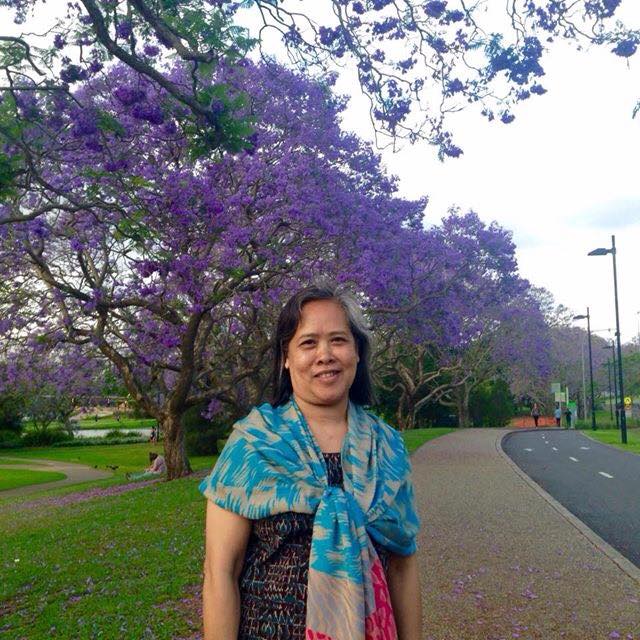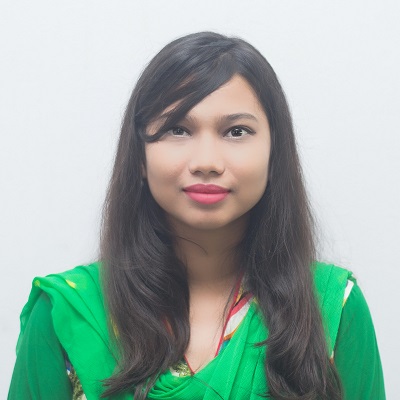Jump to:
Promoting Multi-Stakeholder Partnerships in Improving Water Pollution Control and Preserving Biodiversity of Brantas Watershed Indonesia
Prigi Arisandi and Daru Rini
ecoton, Indonesia
Understanding the barriers that prohibit the integrations of TWCM principles in the water strategies of urban utilities
Pritha Bhattacharya
University of Queensland, Australia
Identification and management of sewage effluent discharges to keep our rivers healthy: Comparative investigations in India and South Australia
Anu Kumar, Mohana Krishna Mudiam, Peter Bain, Alok Pandey and Jenny Stauber
CSIRO, Australia
Speciation of Lead and Cadmium in the Water of Various Rivers in Masara, Maco, Compostela Valley
Carmelita Martinez and Ludivina Porticos
University of Southeastern Philippines
Contribution of Drinking Water to Dietary Intakes of Selected Trace Mineral Nutrients in Bangladesh
Nashid Mirza, Tahiya Tarannum and Tanvir Ahmed
Bangladesh University of Engineering & Technology
Water quality and public health
Anupama Kumar
Commonwealth Scientific and Industrial Research Organisation








